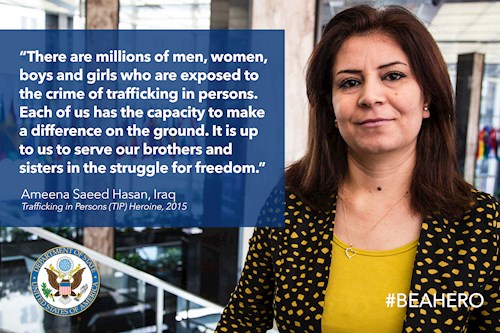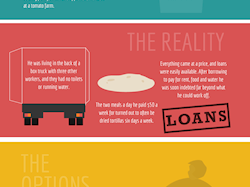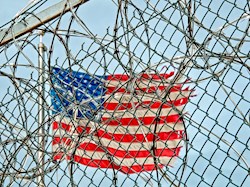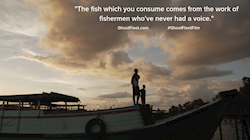TIP Heroes Question America's Past with Slavery
August 17, 2015
Kristen Wainscott
Opinion
�
Forced Labor
"The bottom line is that this is no time for complacency. Right now, across the globe, victims of human trafficking are daring to imagine the possibility of escape, the chance for a life without fear and the opportunity to earn a living wage." –John F. Kerry, Secretary of State
Every year since 2001, the Office to Monitor and Combat Trafficking in Persons publishes a report documenting governments’ progress on abolishing modern day slavery. This report also sheds light on a set few people who have found modern slavery morally reprehensible and have made a significant impact on the path to abolish it. By deciding that slavery today will not be tolerated, we move forward as a progressive and humane world.
While interning at the National Underground Railroad Freedom Center in the Modern Slavery Department this summer, I have been blessed with the opportunity to meet some of the finest men and women of our world. Though I always looked up to heroes like Wonder Woman, I never thought I would meet a real life hero. Who would have thought that an internship would put me in contact with the people I look up to most? When a person follows their dream, it is admirable. But when that dream is to abolish modern slavery…that is remarkable.
After the release of the much anticipated 2015 Trafficking in Persons Report, the class of 2015 TIP Heroes came for a tour of the Freedom Center. I tossed and turned all night thinking of the right questions to ask them. After all, it is not every day that you get to meet a true hero! These men and women have been recognized for their efforts to combat human trafficking around the globe, and here I am just starting out. You can imagine my excitement.
Once the heroes all arrived, we gave them a tour of the exhibits. The exhibits at the Freedom Center are mainly about educating the public about slavery within the United States during the Antebellum Period. What was most interesting about this tour was listening to the questions that were asked by the heroes as they learned about United States history. Ameena Hasan of Iraq asked two questions that really caught my attention. The first was as follows:
“So, being a slave was based solely upon their skin color?” Second, she asked, “All of this happened, and the government allowed slavery?”

It is interesting to me that to others, slavery based upon skin color seems so morally opposable. Of course today we see it as deplorable, but at one point in our society it was the normal. What would it take for slavery today to be looked at the same way? We have the statistics right in front of us:
• About 20.9 million people are enslaved throughout the world. (That's 1 out of every 280 people in the world.)
• 11.4 million women and girls are enslaved worldwide (55%) and 9.5 million men and boys enslaved worldwide (45%).
• Human trafficking victims consist of 74% adults and 26% children.
You can find more info here:
2012 ILO Report – Global Estimate of Forced Labor: Results and Methodology
2014 ILO Report – Profits and Poverty: The Economics of Forced Labor
Ameena’s question about why the United States government allowed slavery in the Antebellum Period really made me think. How could the United States – a country built on the idea of freedom – allow slavery? To put it simply: money. Of course, the answer is money. When profits are being made with little expense paid by citizens, greed plays a part. The ability to see humans not as humans, but as machines in a money making world, is why slavery was once allowed. Today, I don’t believe much has changed in regard to the fact that slavery is still very much in existence – whether we are talking about the brick maker in Pakistan, the man coerced out to sea in Thailand, the woman forced into sex trafficking in the United States, the family pushed to make clothing with little rest or pay in India, etc. These scenarios are not unique and are happening all over the world. Though the governments may not condone slavery, it still exists due to the greed of traffickers.
Lastly, I leave you with a few questions to consider. Is modern slavery okay to you? Why? I want you to truly think through this question and once you have answered, take a step further. Ask yourself why, again and again. Develop your stance on human trafficking. Inspire yourself to ask questions and learn more. Encourage yourself to reflect upon your culture’s history. Be a Hero.
Topics:
Forced Labor













